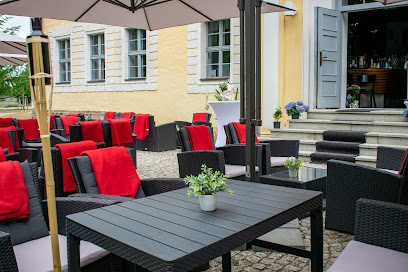
Lusatian Lake District: A Phoenix from the Ashes
Discover Europe's largest man-made lake district in Lusatia: a unique blend of industrial history, stunning landscapes, and endless outdoor activities awaits between Berlin and Dresden.
The Lusatian Lake District, a sprawling network of artificial lakes in eastern Germany, offers a remarkable example of ecological transformation. Once scarred by decades of intensive lignite mining, this region has been reborn as Europe's largest man-made lake district, attracting visitors with its blend of natural beauty and industrial heritage. Spanning across Brandenburg and Saxony, the district features over 20 interconnected lakes, offering a wide array of water sports, cycling trails, and recreational activities. The transformation showcases human ingenuity and environmental restoration, making it a unique destination for those seeking both relaxation and an insight into industrial history. The district's ongoing development promises even more attractions and activities in the coming years, solidifying its place as a must-visit destination in Germany.
A brief summary to Lusatian Lake District
- Elsterheide, DE
Local tips
- Rent a bike and explore the extensive network of cycling trails that wind around the lakes, offering stunning views and access to hidden beaches.
- Visit the F60, a former mining conveyor bridge, for a unique perspective on the region's industrial past and panoramic views of the lake district.
- Take a boat tour to explore the interconnected lakes and canals, and enjoy water sports such as sailing, kayaking, and paddleboarding.
- Sample local cuisine at waterfront restaurants, and try fresh fish dishes harvested from the region's ponds.
- Check the local events calendar for festivals and activities, especially during the summer months, to experience the region's vibrant culture.
Getting There
-
Public Transport
From Dresden or Berlin, take a regional train (RE) to Senftenberg. From Senftenberg, local bus lines (e.g., Bus 11 to Elsterheide) connect to various points within the Lusatian Lake District. A train ticket from Dresden to Senftenberg costs approximately €10-€15, and a bus ticket within the district is typically around €2-€3. Ensure you check the bus schedules in advance, as services may be limited on weekends.
-
Driving
If driving from Dresden, take the A13 motorway towards Berlin, then exit onto the B96 towards Senftenberg. From Berlin, take the A13 south towards Dresden and follow signs to the Lusatian Lake District. Parking is available near most lakes, with fees typically ranging from €3-€5 per day. Some locations may offer hourly rates.
-
Taxi/Ride-Share
From Senftenberg train station, a taxi or ride-share to Elsterheide or other locations within the lake district will cost approximately €20-€30, depending on the distance and demand. Availability may be limited, so pre-booking is recommended, especially during peak season.
-
Bicycle
For a scenic approach, rent a bicycle in Senftenberg or nearby towns and follow the well-marked cycling paths to the lakes. The route from Senftenberg to Elsterheide is approximately 12 km. Bicycle rentals range from €10 to €20 per day. Be sure to have a map or GPS device to navigate the paths.
Discover more about Lusatian Lake District
Iconic landmarks you can’t miss
Lusatian Lake District
0.0 km
Discover Europe's largest man-made lake district in Lusatia: a unique blend of industrial history, stunning landscapes, and endless outdoor activities awaits between Berlin and Dresden.
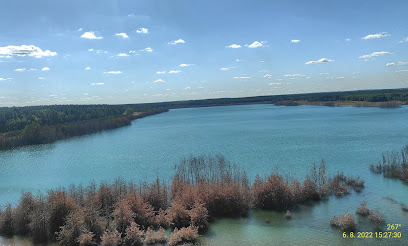
Rostiger Nagel (Landmarke Lausitzer Seenland)
7.0 km
Ascend the 'Rusty Nail' for panoramic views of Lusatia's reborn lake district, where industrial history meets natural beauty, offering a unique perspective on transformation.
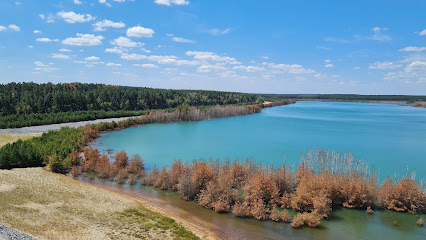
Krabatschleuse
36.8 km
Experience the tranquility of Krabatschleuse in Burg (Spreewald), a perfect blend of nature, recreation, and stunning landscapes for every traveler.
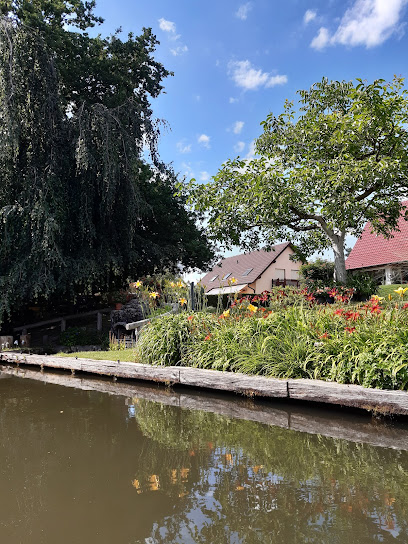
Hutungschleuse
37.2 km
Explore the tranquil beauty of Hutungschleuse in Spreewald, where serene canals meet lush landscapes for an unforgettable nature experience.
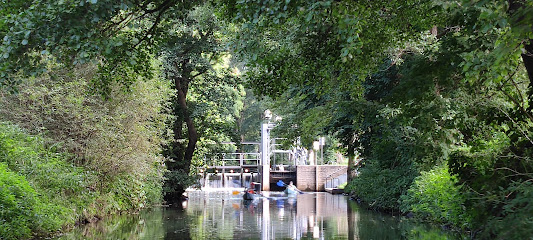
Prähistorische Wallanlage
38.4 km
Explore the Prähistorische Wallanlage in Burg (Spreewald), a captivating historical landmark that reveals the ancient engineering of prehistoric fortifications.
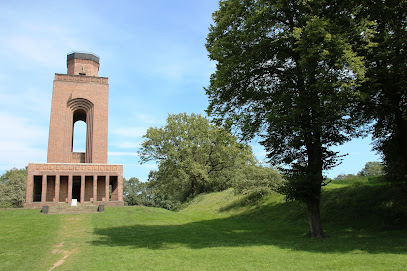
Rammenau Castle
38.4 km
Discover Saxony's best-preserved Baroque manor: Rammenau Castle, where history, architecture, and idyllic landscapes create an unforgettable experience near Dresden and Bautzen.
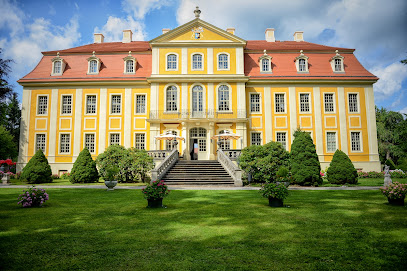
St Nicholas Gate
38.8 km
Explore the architectural beauty and rich history of St Nicholas Gate in Bautzen, a must-visit landmark for every traveler in Germany.
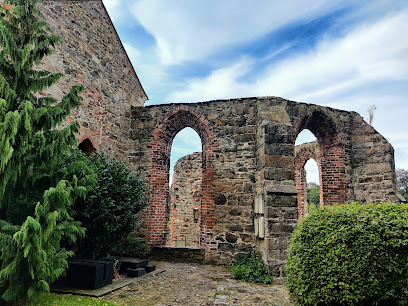
Empire Tower
39.2 km
Experience breathtaking views and rich history at the Empire Tower, Bautzen's iconic landmark combining stunning architecture and cultural significance.
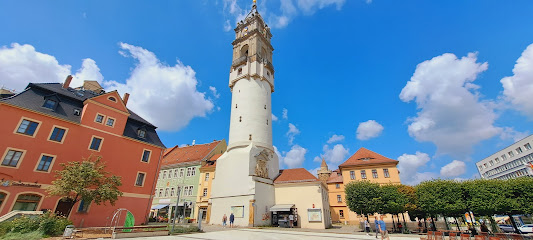
Burg-Lübbener-Kanal, Waldschlösschenschleuse
41.0 km
Explore the serene beauty and rich history of Burg-Lübbener-Kanal and Waldschlössenschleuse, a must-visit destination in the heart of Spreewald.
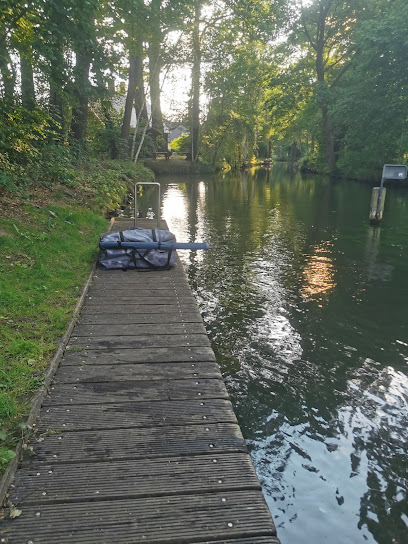
Kahnabfahrtstelle Kleiner Hafen
43.7 km
Explore the tranquil waterways of Spreewald from Kahnabfahrtstelle Kleiner Hafen, a perfect starting point for unforgettable boat tours and scenic adventures.
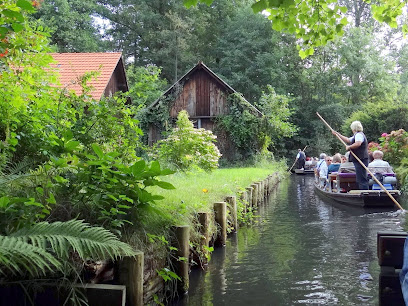
Krzywy Las
43.8 km
Discover the enchanting Krzywy Las, Poland's Crooked Forest, where nature creates a whimsical spectacle of uniquely bent pine trees.
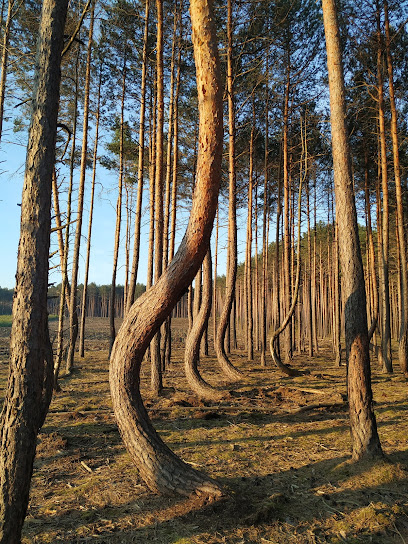
Überwachsenes Gebäude
50.3 km
Explore Überwachsenes Gebäude in Lübben, a historic gem where nature meets architecture, steeped in rich local history and stunning visuals.
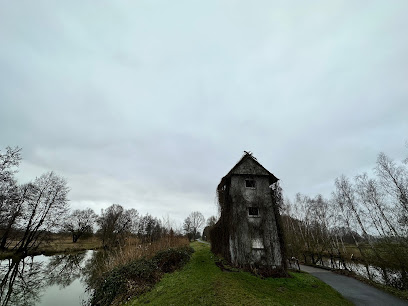
Memorial for fallen Rider Guards of World War I
56.0 km
Explore the Memorial for Fallen Rider Guards in Dresden - a poignant historical landmark honoring the bravery of World War I soldiers amidst serene gardens.
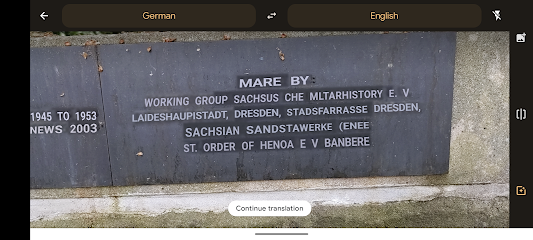
Sächsisches Pionierdenkmal Dresden
56.1 km
Discover the Sachsen Pionierdenkmal, a stunning historical landmark in Dresden, showcasing the rich cultural heritage of Saxony amid a vibrant urban setting.
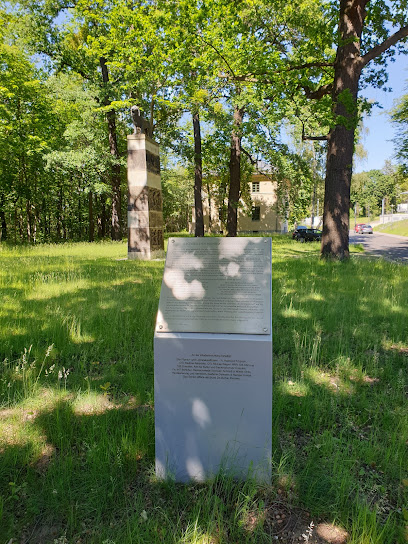
Rudolph-Denkmal
56.4 km
Discover the Rudolph-Denkmal in Dresden-Neustadt: A serene monument offering a glimpse into the city's artistic heritage and a peaceful escape in a vibrant district.
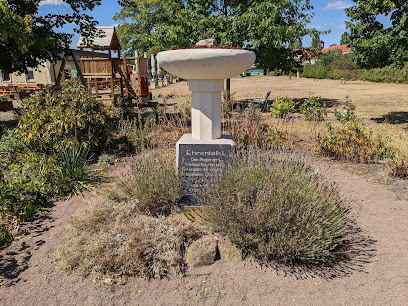
Unmissable attractions to see
Niederlausitzer Heidemuseum
15.3 km
Explore the Niederlausitzer Heidemuseum in Spremberg, where history and culture come alive through engaging exhibits and local traditions.
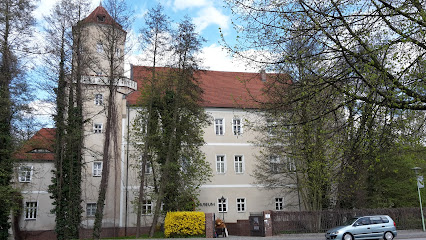
Litfaßsäule
20.0 km
Explore the Litfaßsäule in Altdöbern, a historic advertisement pillar showcasing the town's rich culture and artistic spirit.
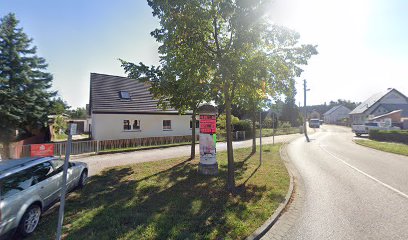
Staatstheater Cottbus
29.9 km
Experience the enchanting world of performing arts at Staatstheater Cottbus, where culture and creativity come alive in a stunning architectural masterpiece.
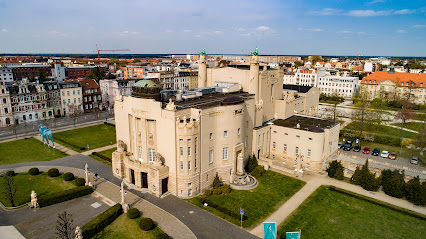
Wendish (Sorb) Museum
30.4 km
Explore the captivating culture and history of the Sorbs at the Wendish Museum in Cottbus, a unique journey into Slavic heritage.
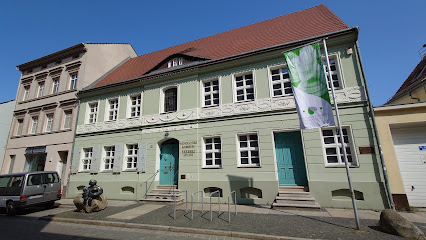
Old market square Cottbus
30.4 km
Discover the historical charm of Cottbus at the Old Market Square, where vibrant culture meets stunning architecture in a lively atmosphere.
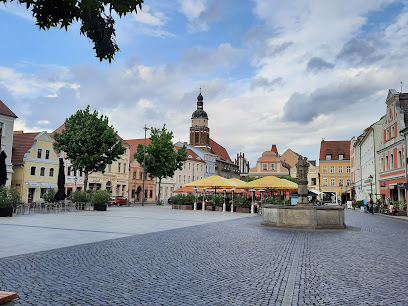
Upper Lusatian Heath and Pond Landscape Biosphere Reserve
30.9 km
Explore the serene beauty and rich biodiversity of Upper Lusatian Heath and Pond Landscape Biosphere Reserve, a UNESCO Biosphere Reserve in Germany.
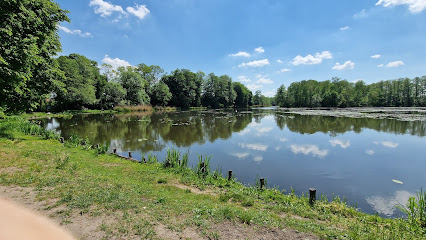
Azalea and Rhododendron Park Kromlau
31.2 km
Discover the enchanting beauty of Azalea and Rhododendron Park Kromlau, a stunning floral paradise in Gablenz, Germany, perfect for nature lovers and photographers.
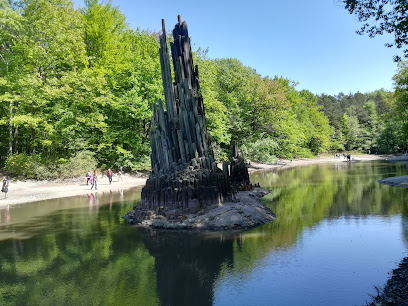
The Devil's Bridge
31.3 km
Discover the stunning Devil's Bridge in Gablenz, a beautiful blend of natural scenery and architectural wonder that enchants every visitor.
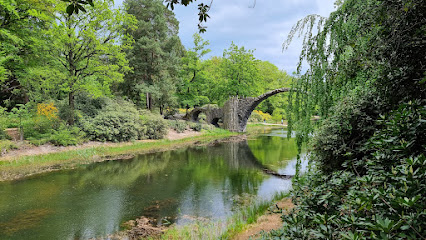
luža
32.9 km
Explore Lüza, a serene tourist attraction in Göda, Germany, where nature meets tranquility in a picturesque rural setting.
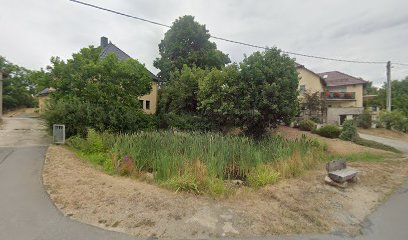
Slavic castle Raddusch
35.5 km
Discover the fascinating world of Slavic history and culture at the reconstructed Slavic Castle Raddusch, an archaeological open-air museum in the heart of the Spreewald forest.

HAUS DER TAUSEND TEICHE
37.0 km
Explore the serene beauty of nature at Haus der Tausend Teiche, a visitor center and museum dedicated to the rich biodiversity of Malschwitz.
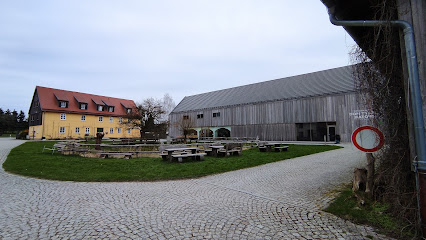
Fürst Pückler Park
37.2 km
Explore the stunning Fürst Pückler Park in Bad Muskau, a UNESCO World Heritage site filled with beautiful landscapes and rich history.
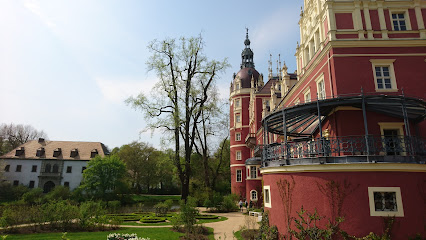
Bismarck Tower
38.4 km
Discover panoramic Spreewald views from the historic Bismarck Tower in Burg, a landmark offering a glimpse into Germany's past and the region's natural beauty.
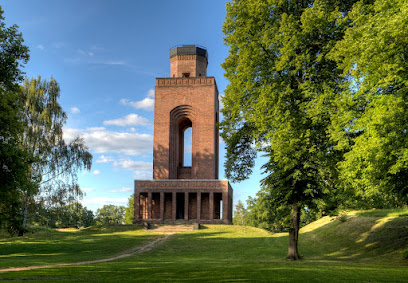
Biosphärenreservat Spreewald
38.5 km
Discover the enchanting Spreewald Biosphere Reserve: a unique wetland labyrinth of waterways, Sorbian culture, and famous pickles, just a short trip from Berlin.
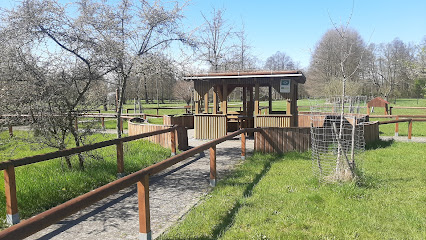
Sorbian Museum
38.8 km
Explore the Sorbian Museum in Bautzen, a cultural treasure trove showcasing the unique heritage and traditions of the Sorbian people in Germany.
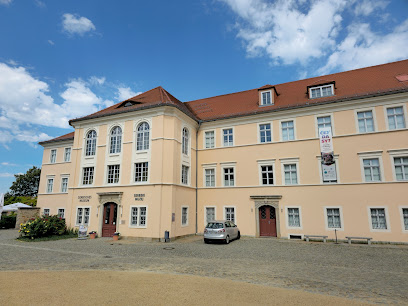
Essential places to dine
Sachsenstube
9.7 km
Discover authentic German cuisine at Sachsenstube, an enchanting restaurant and inn in Lauta offering delicious meals and cozy accommodations.
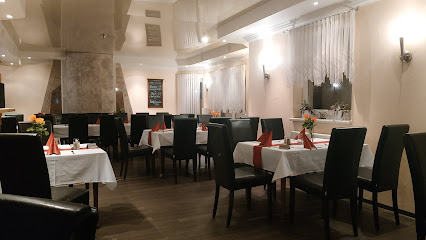
Butcher Kadach
13.0 km
Discover authentic flavors at Butcher Kadach in Spremberg – where quality meats meet delicious dining experiences.
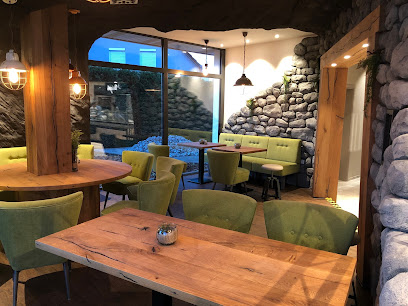
Gasthof Drei Linden
26.8 km
Experience authentic regional cuisine at Gasthof Drei Linden in Boxberg/Oberlausitz – where tradition meets taste in a cozy atmosphere.
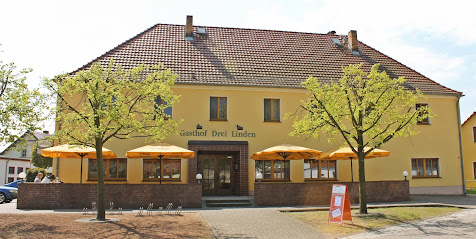
Gasthof Zum Eisvogel
37.1 km
Discover authentic German cuisine and warm hospitality at Gasthof Zum Eisvogel in Wartha - your ideal retreat for food and relaxation.
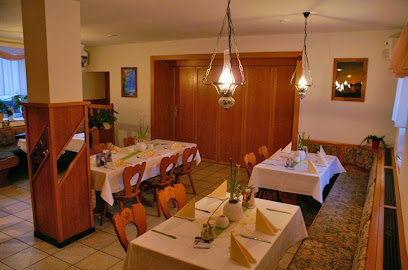
Restaurant Kräutermühle Burg (Spreewald)
37.2 km
Experience authentic German cuisine at Restaurant Kräutermühle Burg, set in the scenic Spreewald region—where culinary tradition meets natural beauty.
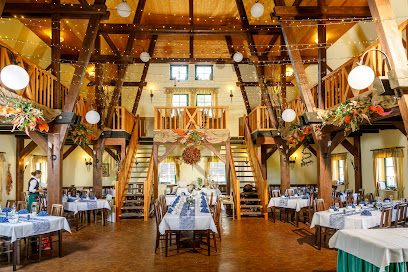
PanoramaRestaurant im Spreewald Thermenhotel
37.5 km
Discover exquisite dining at PanoramaRestaurant im Spreewald Thermenhotel with stunning views and delectable local cuisine.
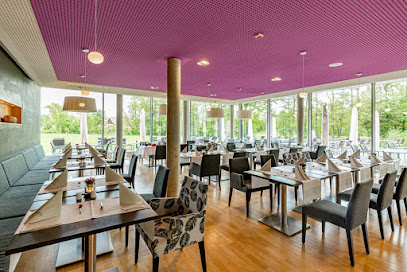
Hotel Mużakowski
38.2 km
Discover comfort and exquisite cuisine at Hotel Mużakowski in Łęknica - your perfect getaway for relaxation and fine dining.
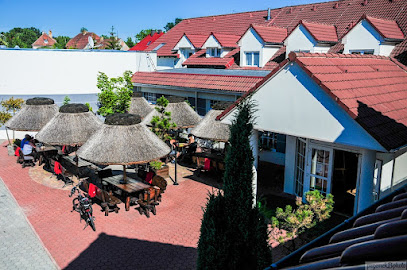
17fuffzig
38.3 km
Experience culinary artistry at 17fuffzig in Burg (Spreewald), where fine dining meets breathtaking natural beauty.
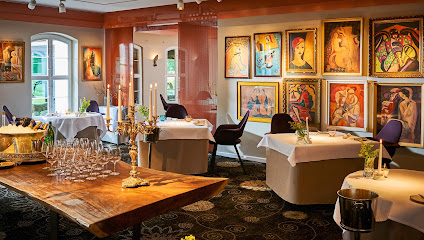
Monks Court
39.0 km
Discover authentic local cuisine in a cozy setting at Monks Court – a culinary gem in Bautzen offering fresh seasonal dishes.

Gasthaus Dubkow-Mühle
39.2 km
Experience authentic German cuisine in an idyllic setting at Gasthaus Dubkow-Mühle, your perfect escape in Lübbenau's stunning Spreewald region.
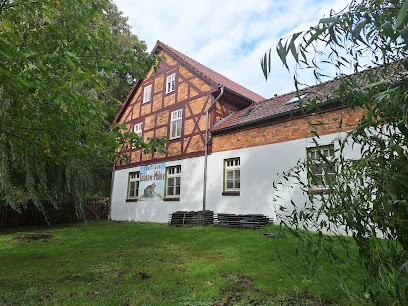
Landgasthof Zur Wildbahn
39.5 km
Experience authentic Spreewald cuisine at Landgasthof Zur Wildbahn - a perfect blend of local flavors and natural beauty.
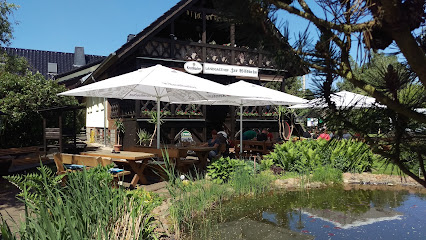
Gaststätte LUSATIA
39.7 km
Savor authentic German cuisine at Gaststätte LUSATIA in Bautzen - where tradition meets flavor in a cozy atmosphere.
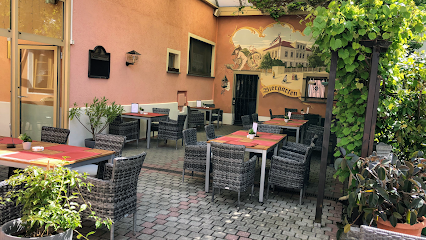
Lausitzer Sperlingsstüb'l im Grünen
40.3 km
Discover the flavors of Lausitz at Lausitzer Sperlingsstüb'l im Grünen – where local cuisine meets picturesque surroundings.
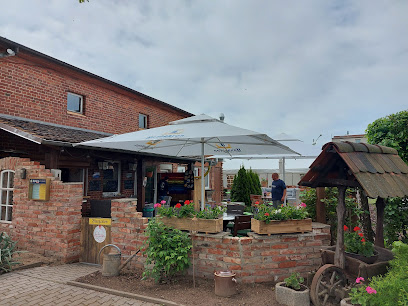
Gut Neu Sacro, Betrieb der Bauern AG Neißetal
42.5 km
Experience authentic farm-to-table dining at Gut Neu Sacro in Forst (Lausitz) - where local flavors meet rustic charm.
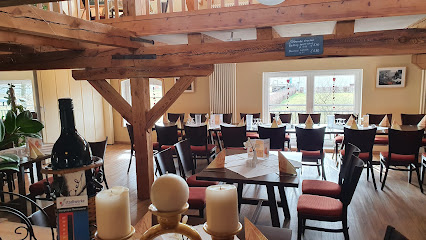
Gasthaus Oppott - die Stallwirtschaft H. Koal
42.5 km
Experience authentic German cuisine at Gasthaus Oppott in Lübbenau's scenic Spreewald region – a must-visit for every traveler.
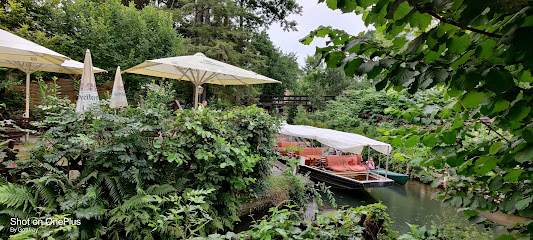
Markets, malls and hidden boutiques
Spreewald Shop
29.1 km
Discover the charm of Spreewald at the Spreewald Shop, where local products and culture unite in Cottbus, Germany.
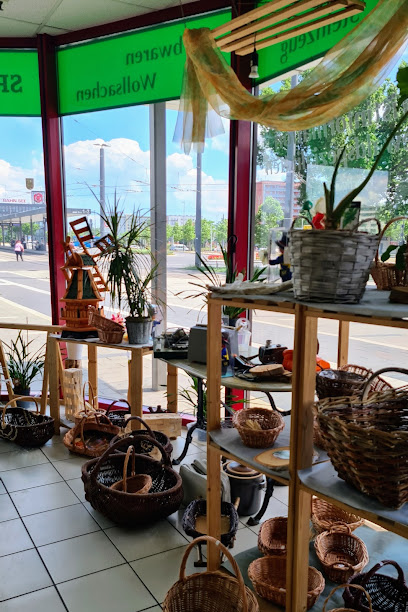
spreewald-praesente.de
31.7 km
Explore Spreewald Prasente in Cottbus for unique gifts, gourmet treats, and a taste of local culture that you'll cherish forever.

Wohnstore Petzold
32.5 km
Explore Wohnstore Petzold in Vetschau for an exquisite range of flooring, curtains, and home decor essentials that reflect local craftsmanship.
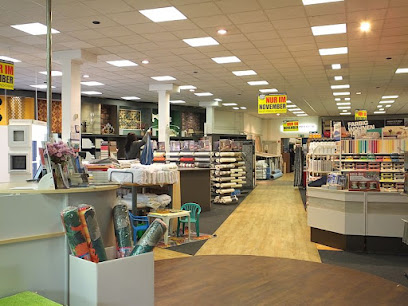
Spreewaldliebe
36.6 km
Explore the best of local culture and artisanal treasures at Spreewaldliebe in Burg, where every visit is a delightful experience.

ALPAKA HOF | online FARM SHOP | BIO EIS | Alpaca Finca Spreewald
36.8 km
Experience the joys of nature and family fun at Alpaka Hof, a unique destination with alpacas, outdoor activities, and delicious treats.
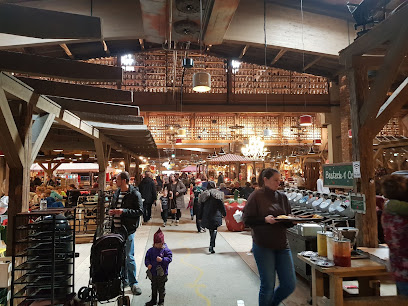
Souvenir Shop zum Mückenstich
36.8 km
Discover authentic Spreewald souvenirs at Souvenir Shop zum Mückenstich, where local crafts and traditional delights await every traveler.
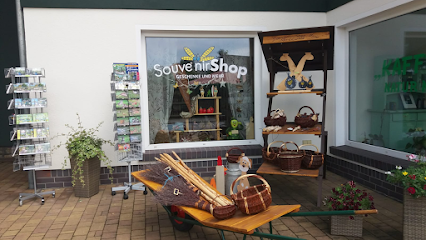
PENNY
37.2 km
Explore the vibrant PENNY supermarket in Burg (Spreewald) for local products, essentials, and a true taste of the region.
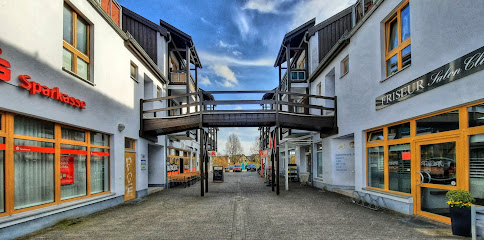
No. 24 Anziehungs...für Sie und Ihn
37.2 km
Explore unique fashion pieces for men and women at No. 24 Anziehungs...für Sie und Ihn in the heart of Burg (Spreewald). Shop stylishly!
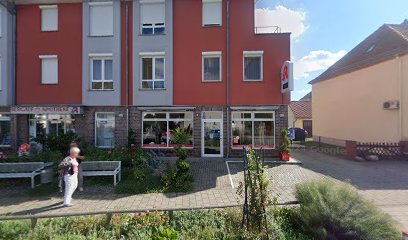
No. 1 Mode
37.3 km
Explore No. 1 Mode in Burg (Spreewald) for a unique shopping experience filled with stylish apparel and local charm.
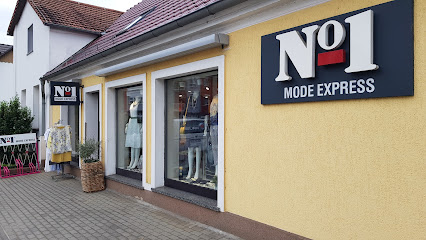
Spreewaldshop24
39.8 km
Discover the local flavors of Spreewald at Spreewaldshop24, a grocery store known for its delicious regional products and unique souvenirs.

Restaurant & Café Hanschick
42.9 km
Discover the flavors of Germany at Restaurant & Café Hanschick in Lübbenau, where tradition meets taste in a cozy setting.
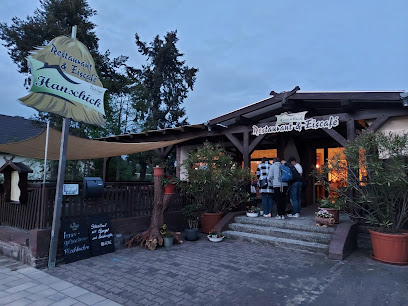
REWE
43.2 km
Explore the best of local and international flavors at REWE, Lübbenau's premier supermarket, perfect for stocking up during your travels.
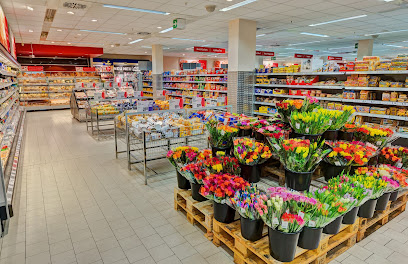
Kolosseum Spreewald GmbH
43.4 km
Discover Kolosseum Spreewald in Lübbenau, a vibrant shopping mall offering diverse retail and medical services in a modern setting.
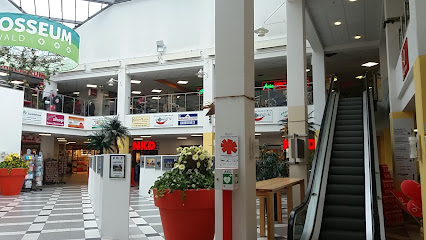
Souvenirs und Spielwaren Angela Glaubitz
43.4 km
Explore unique souvenirs and local toys at Souvenirs und Spielwaren Angela Glaubitz in Lübbenau, capturing the essence of your Spreewald journey.
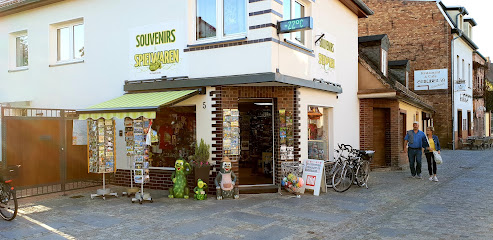
Pink Inh. Claudia Holm Geschenkartikelgeschäft
43.4 km
Explore the charming Pink Inh. Claudia Holm Gift Shop in Lübbenau for unique souvenirs and local crafts reflecting the Spreewald heritage.
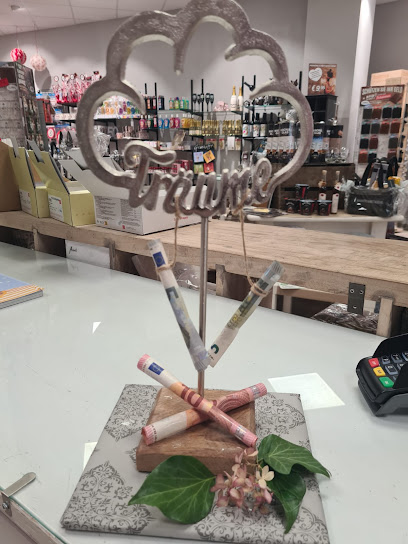
Essential bars & hidden hideouts
Gaststätte Stoppa
34.9 km
Discover the authentic taste of German cuisine in the heart of Burg (Spreewald) at Gaststätte Stoppa, a charming gastropub offering local delights.
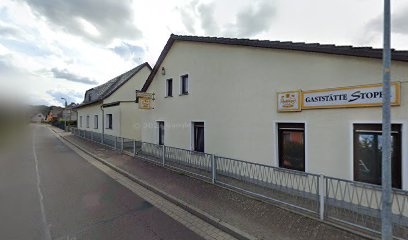
Bernd´s Backhaus & Räucherecke
36.4 km
Discover the authentic flavors of the Spreewald at Bernd's Backhaus & Räucherecke, a charming beer garden offering local specialties and a cozy atmosphere.
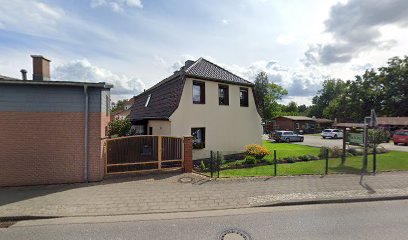
Bismarckschänke
38.2 km
Experience authentic German cuisine and local brews in the heart of Burg (Spreewald) at Bismarckschänke, a perfect culinary retreat for tourists.
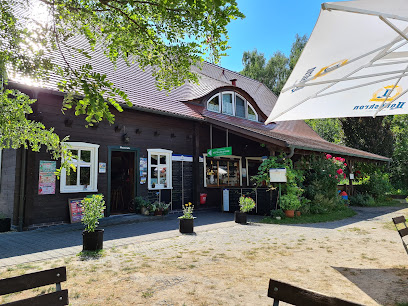
Biergarten Spreewaldhof Leipe
41.0 km
Discover the essence of German culture at Biergarten Spreewaldhof Leipe, a charming beer garden in the scenic Spreewald region, perfect for food and beer enthusiasts.
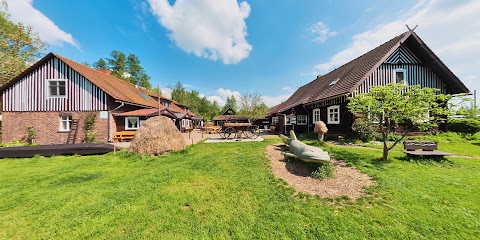
Unter der 250 jährigen Eiche
42.5 km
Discover the serene beauty and local flavors at Unter der 250 jährigen Eiche, a charming beer garden in the heart of Spreewald.
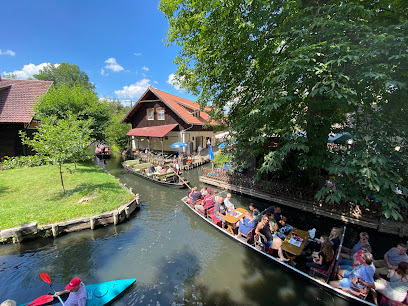
Zum fröhlichen Hecht
42.5 km
Discover the charm and flavors of traditional German cuisine at Zum fröhlichen Hecht in Lübbenau/Spreewald.
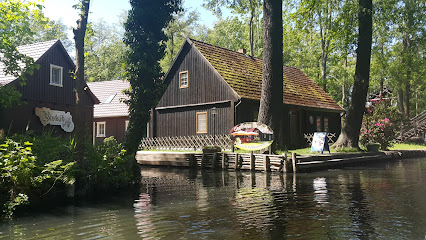
Gaststätte zur Eisenbahn
42.8 km
Savor the taste of authentic German cuisine at Gaststätte zur Eisenbahn in Lübbenau, where tradition meets a warm pub atmosphere.
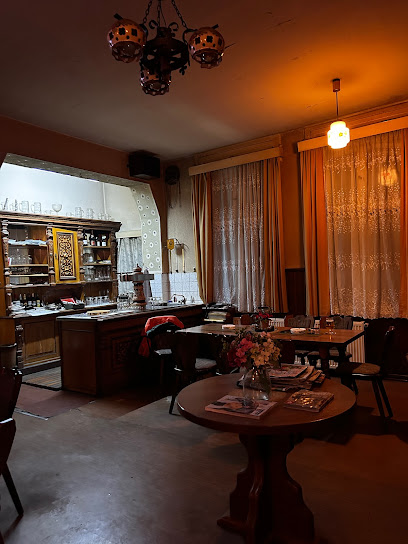
Hotelanlage Starick - Karl-Heinz & Jeannette Starick GbR
42.8 km
Discover the serene charm of Hotelanlage Starick in Lübbenau, offering cozy stays, delightful dining, and a taste of the scenic Spreewald.

Gaststätte Heuschober
43.6 km
Experience the cozy atmosphere and traditional German cuisine at Gaststätte Heuschober in Lübbenau, a bar that captures the essence of local culture.
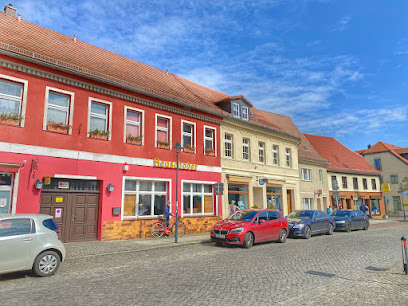
Gaststätte Richtersgarten
44.0 km
Savor the flavors of traditional German cuisine at Gaststätte Richtersgarten in Lübbenau, where every meal is a delightful experience.

Happy House
44.0 km
Discover the lively Happy House bar in Lübbenau, where drinks, music, and a friendly atmosphere create unforgettable experiences.

Spreewald-Gasthaus Byttna
45.8 km
Savor the culinary heritage of the Spreewald at Spreewald-Gasthaus Byttna, a buffet restaurant offering local flavors in a cozy atmosphere.
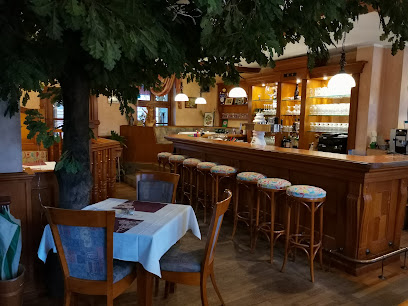
SAFTLADEN - auf der Schloßinsel Lübben
52.7 km
Experience the enchanting atmosphere of SAFTLADEN, a premier bar on Schloßinsel Lübben, where delightful drinks meet stunning views.
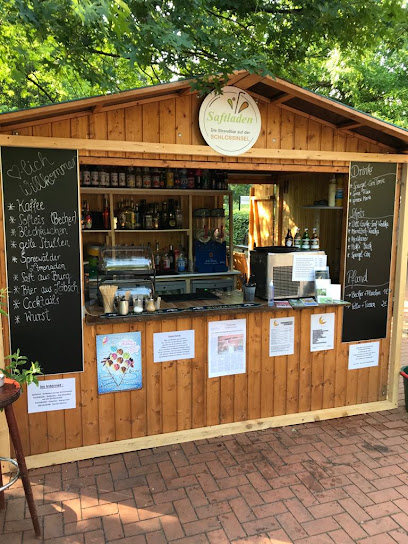
STRANDCAFÉ - Restaurant & Terrasse
52.7 km
Experience the delightful flavors and serene ambiance of Strandcafé in Lübben, Spreewald, where local cuisine meets natural beauty.
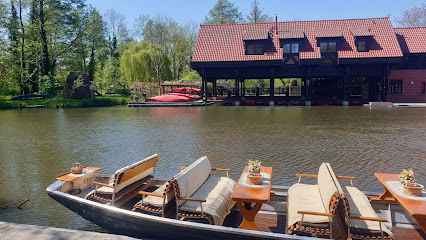
Toni's Lounge
52.8 km
Experience the best of cocktails and cuisine at Toni's Lounge, the perfect spot for relaxation in the heart of Lübben, Spreewald.
